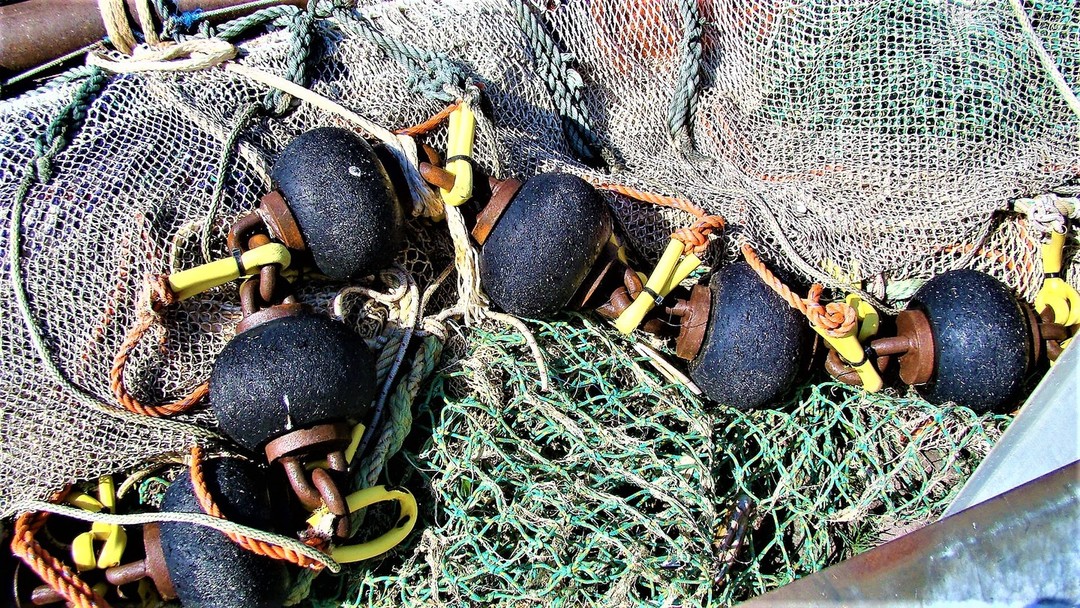Fundació ENT, in collaboration with the organizations Sciaena and Ecologistas en Acción, has analyzed for the fifth year in a row the European Commission’s communications on EU fisheries in line with the Maximum Sustainable Yield (MSY) for the period 2015 to 2020.
The detailed analysis raises a number of concerns regarding the methodology used by the Commission, showing that the number of Total Allowable Catches (TACs) being set “in line with MSY” in EU fisheries in 2020 has been overestimated by 29%.
In order to allow the recovery of fish stocks to sustainable levels, the Common Fisheries Policy (CFP) requires that the Maximum Sustainable Yield (MSY) exploitation rate shall be achieved by 2015 where possible and at the latest by 2020 for all stocks. Despite more than five years have passed since the reformed CFP entered into force, there remains much uncertainty around the real number of stocks exploited at sustainable levels in the EU, as defined by the number of Total Allowable Catches (TACs) set in line with scientific advice based on the MSY.
Since December 2014, following the decisions agreed annually by the EU Council of Fisheries Ministers, the European Commission (EC) publishes its communication listing which stocks fished in the North East Atlantic, North Sea and Baltic Sea are considered “in line with MSY” for the following year (see for example the EC list for 2020). However, these communications, which are essential to measure the steps made by EU Fisheries Ministers when establishing sustainable fishing limits, contain significant inconsistencies and make it impossible to assess the real progress towards achieving the CFP’s MSY objective. In other words, towards the legal requirement to end overfishing.
In particular, the report published by the NGOs shows that according to the Commission, 7 new TACs are “in line with MSY” in 2020. However, when analyzing in detail, it turns out that none of these 7 TACs can be truly considered new and/or “in line with MSY” in 2020 (see detailed table at the end of the report). The comparison document also reveals that the number of TACs being “in line with MSY” has been overestimated by the Commission each year. This overestimation is due to the fact that the Commission has included in its list:
- Various fishing limits for which Fisheries Ministers agreed to set their TAC above the precautionary approach, above the scientific advice for zero catches, or above the scientific advice on MSY (cases like Salmon in Baltic; Megrim in Irish Sea; northern Hake; etc) or because,
- Various fishing limits included in the list have only partial or no MSY advice on catch available from ICES for stocks covered by a TAC, or because some stocks or Functional Units are considered undefined by ICES (cases like Megrim in Bay of Biscay; or Norway lobster in Celtic Sea and Irish Sea; among others).
As a result, up to 18 TACs cannot be considered to be “in line with MSY” in 2020 and should be removed from the list. Which means that only 44 of the 62 TACs included in the Commission list this year can be considered to be set “in line with MSY”. This entails that the European Commission has overestimated by 29% the number of TACs set in line with MSY in 2020.
When analyzing from a longer perspective, the report points out that in average the European Commission has overestimated by 19% and the number of TACs set in line with MSY since 2015. The overall number of TACs set “in line with MSY”, according to this report would be: 30 (instead of 36) for 2015 TACs, 29 (instead of 38) for 2016 TACs, 37 (instead of 47) for 2017 TACs, 50 (instead of 53) for 2018 TACs, 49 (instead of 59) for 2019 TACs and just 44 (instead of 62) for 2020 TACs.
In view of the results, the report shows that the decrease in the number of TACs set “in line with MSY” is a worrying trend that proves that the progress towards ending overfishing has actually been reversed in the last two years, showing an alarming lack of progress taking into account the EU’s own legally binding deadline for achieving sustainable fishing limits for all stocks by 2020, at the latest, it’s over.
As a consequence, the organizations Fundació ENT, Sciaena and Ecologistas en Acción encourage the European Commission to take into consideration all the concerns and recommendations contained in the comparison document. Particularly, they would like to stress the Commission and EU Fisheries Ministers to significantly increase their efforts to end overfishing in line with the reformed CFP and to propose all fishing opportunities for 2021 (including the Deep Sea ones) not exceeding the scientific advice, and ensuring as well that the precautionary approach, as defined in the CFP, is also applied.
Lastly, due to the current challenges faced by the fishing industry as a consequence of the COVID-19 pandemic, Lydia Chaparro, marine ecologist at the ENT Foundation and author of the report, would like to take the opportunity to points out that “now it’s more important than ever to preserve the viability of the fishing activities by securing sustainable fisheries. In addition, given the current delicate situation, it is urgent to establish measures to shift towards lower impact fishing and to ensure the recovery of all fish stocks and marine ecosystems at healthy levels, aspects which will increase the resilience for nature and people in the future”.


